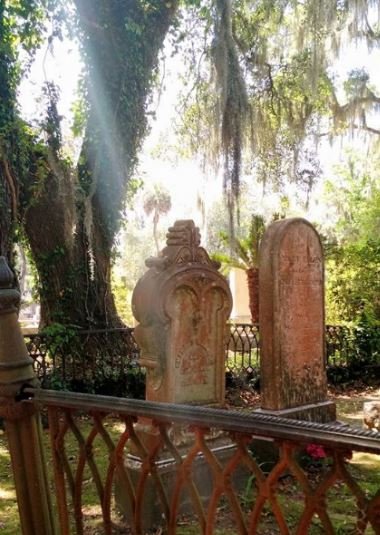As often happens, the pieces of “Assault & Reverie” — my latest Tai & Trey story — came together during a long car ride while I listened to NPR (shout out to WSVH, my hometown station!). Intrigued by what I was hearing, I couldn’t resist concocting a plot that included these fascinating elements. The result was a work of fiction, with some true-life happenings grounding it in possibility, if not reality.
Warning: Spoilers Below!
The idea of a snatched violin was inspired by the real-life assault and robbery of violinist and concertmaster Frank Almond, who shared his story on The Moth Radio Hour, a radio show from PRX. There are a few similarities between my fictional version and his actual one—Almond was accosted by a TASER-wielding assailant, and the eventual identification of the thief was cinched through the use of AFIDs (and the fact that the robber left his driver’s license in the case with the stolen violin). There are many differences, however. Recovering Almond’s violin took almost two weeks, and the crime was solved through leather-on-pavement policing, not deus ex flying machina.
However, the aerial data Trey uses to solve the crime—and the airplane that provided it—are not fictional. A similar airplane is a keystone of Persistent Surveillance System’s Community Support Program, and the photographs it provides have been used to solve crimes from burglary to murder (and yes, one theft was solved in less than thirty minutes). I learned about it on RadioLab, a show from WNYC Studios, which discussed not only the effectiveness of the surveillance, but the surrounding privacy issues, something Trey and Tai possess very different ideas about. Having them bring their different perspectives to the issue was an interesting way for me to work through my own conflicted feelings, as I believe very much in both law and order and individual privacy. My literary use of such a plane in Atlanta, however, was entirely fictional, as was the idea that someone in the security loop might have let crucial information out of the bag (there is zero evidence that such a thing has ever happened in real life). Luckily, you can visit the company’s website to learn about their real crime-fighting missions, including their privacy statement, and leave my problematic fictional plane heading for a fictional horizon.
While researching this story, I also learned a great deal about Stradivari violins. The Brancaccio Strad featured in this story, alas, really was lost during an air raid in Berlin. I resurrected it as an act of hope, as a way to let this magnificent instrument live once again, and was heartened to see that a piece of it may have been recently recovered and identified. Even if it will never again make music, I hope it will remind us of the great evil that was overcome by the Allied powers at such profound cost, and of the beauty that somehow survived, broken but lovely, in those ashes. May we never forget those horrors, so that we may never repeat them. May we always remember the service of the Allied women and men, so that we may always honor them.
To hear Frank Almond’s story in his own words, go here: https://themoth.org/stories/a-violins-life
To learn more about the Brancaccio Stradivarius, go here: https://timothyjuddviolin.com/tag/brancaccio-stradivarius/
To see the (possible) piece of that violin that may have been recovered, go here: https://maestronet.com/forum/index.php?/topic/333195-could-this-be-a-stradivari-neck/
To listen to the show “Eye in the Sky” about aerial surveillance, go here: https://www.wnycstudios.org/podcasts/radiolab/articles/eye-sky
To visit the Persistent Surveillance Systems website, go here:
And to get your very own copy of Assault & Reverie and Other Stories, click HERE.






